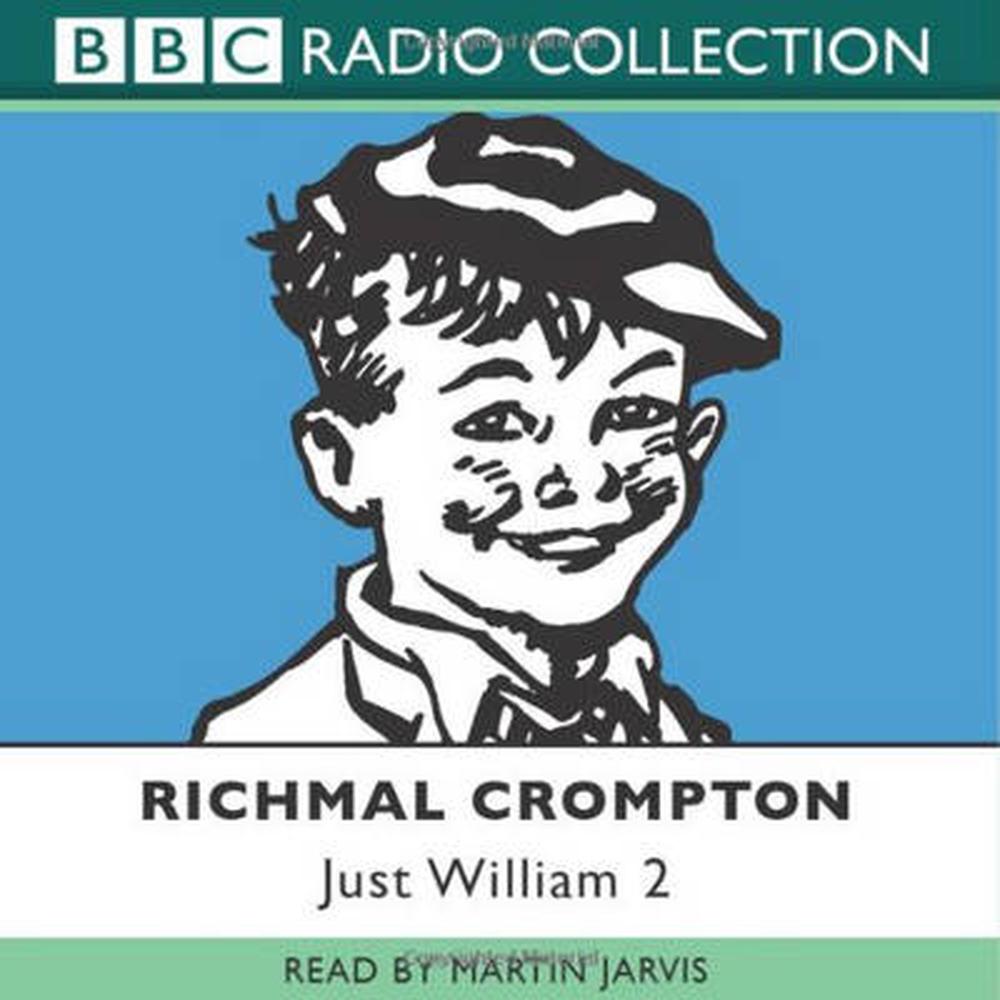

Her first story, “Rice-Mould”, was published in Home Magazine, which was aimed at adults, in February 1919. Richmal Crompton published Just William stories from 1919. In this story, William becomes a Poirot-like figure seeking to solve the mystery of the gardener’s murder (he has not been murdered but might have been if William’s indefatigable logic had held sway – this is an adjective Crompton would surely have used herself). Intertextual references proliferate in Crompton’s writing.

Schutte has published all of the mid-twentieth century BBC Just William radio plays written wholly by Richmal Crompton, plus the BBC recording of the above story, following his own research in the BBC Written Archive a decade ago, along with some of Crompton’s unbroadcast manuscripts. Indeed, both Aesop and Crompton wrote fables that reflect on life and encourage us to think about our own. In the recording, Ginger declares, “Aesop wrote gables didn’t he William?”. William Brown decides that a local murderer lives in a gabled house. In February 1947, a comparison between the recording of the BBC radio play, “The Mystery of the Elms” by Richmal Crompton, and the only available copy of this script, which is taken by David Schutte from Crompton’s original manuscript, illustrates a change that may have been made by the BBC editors, or more likely by Crompton herself.


 0 kommentar(er)
0 kommentar(er)
